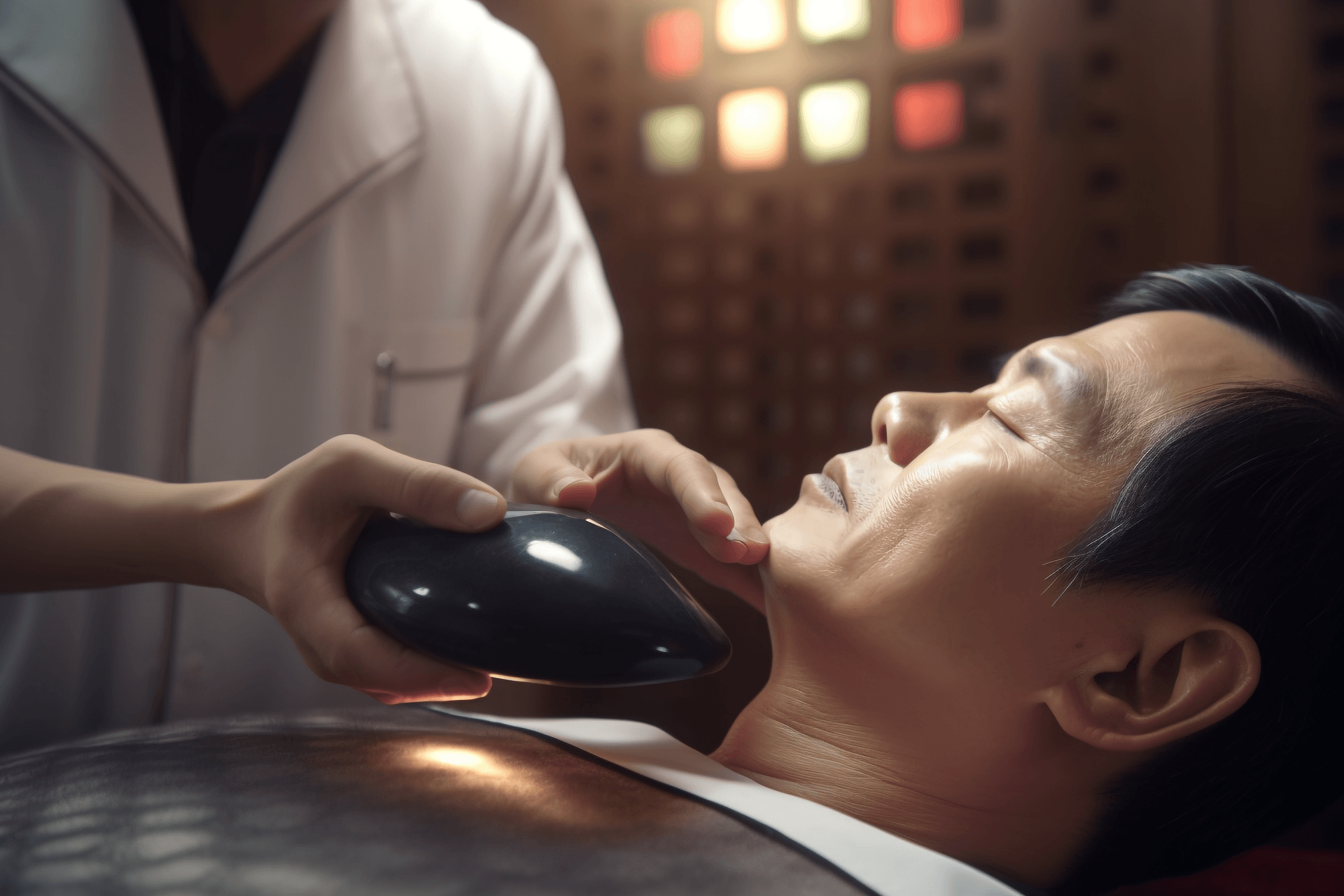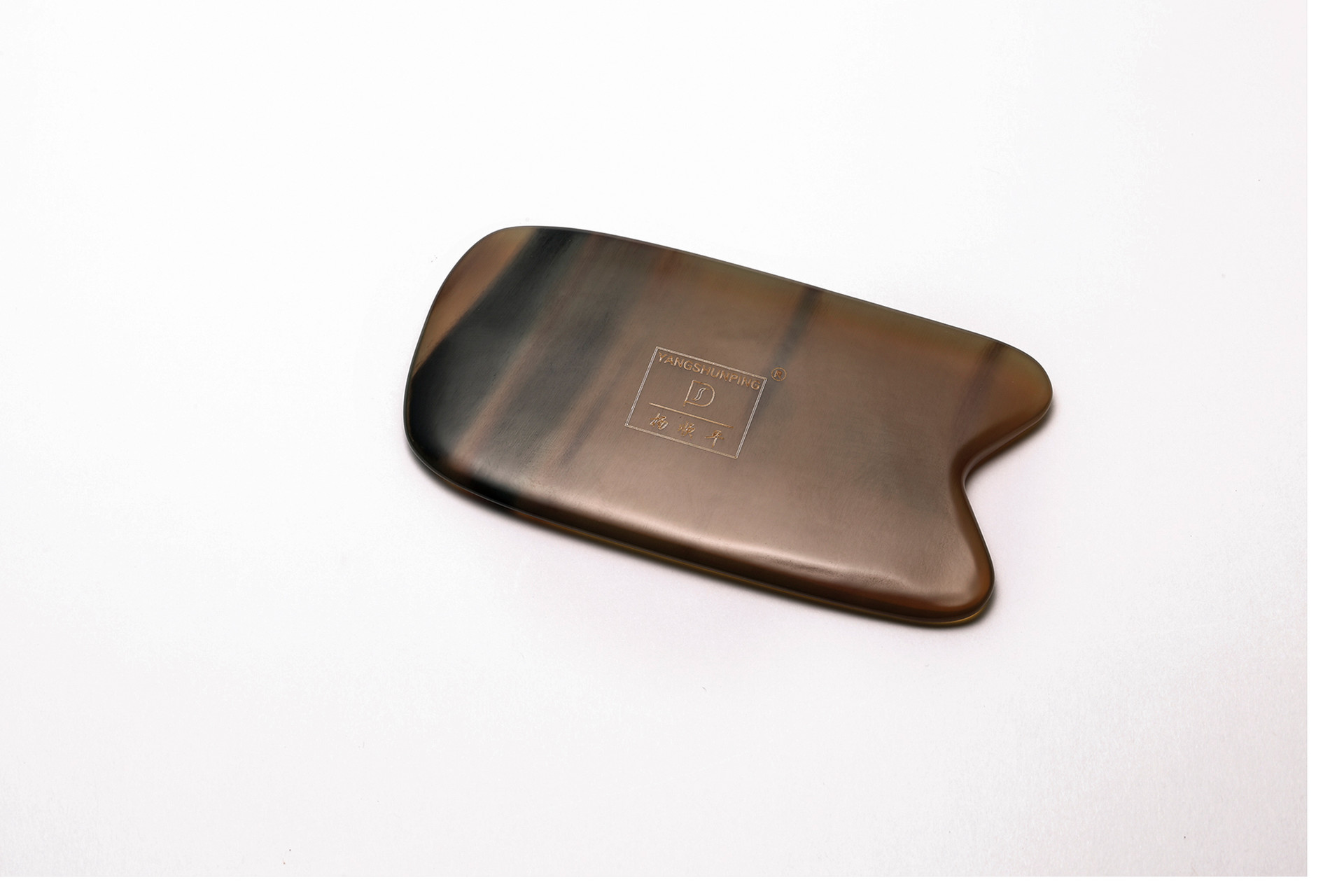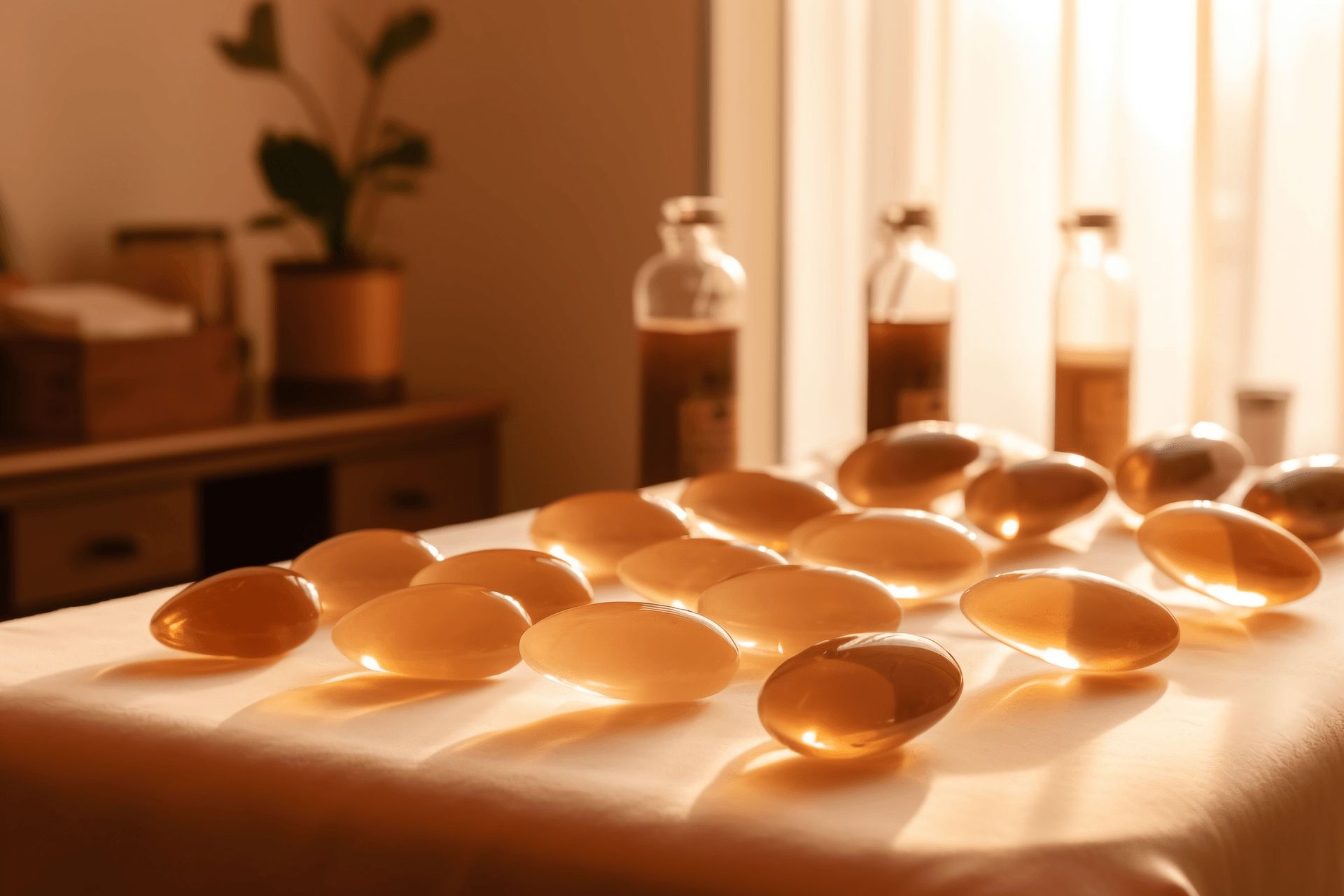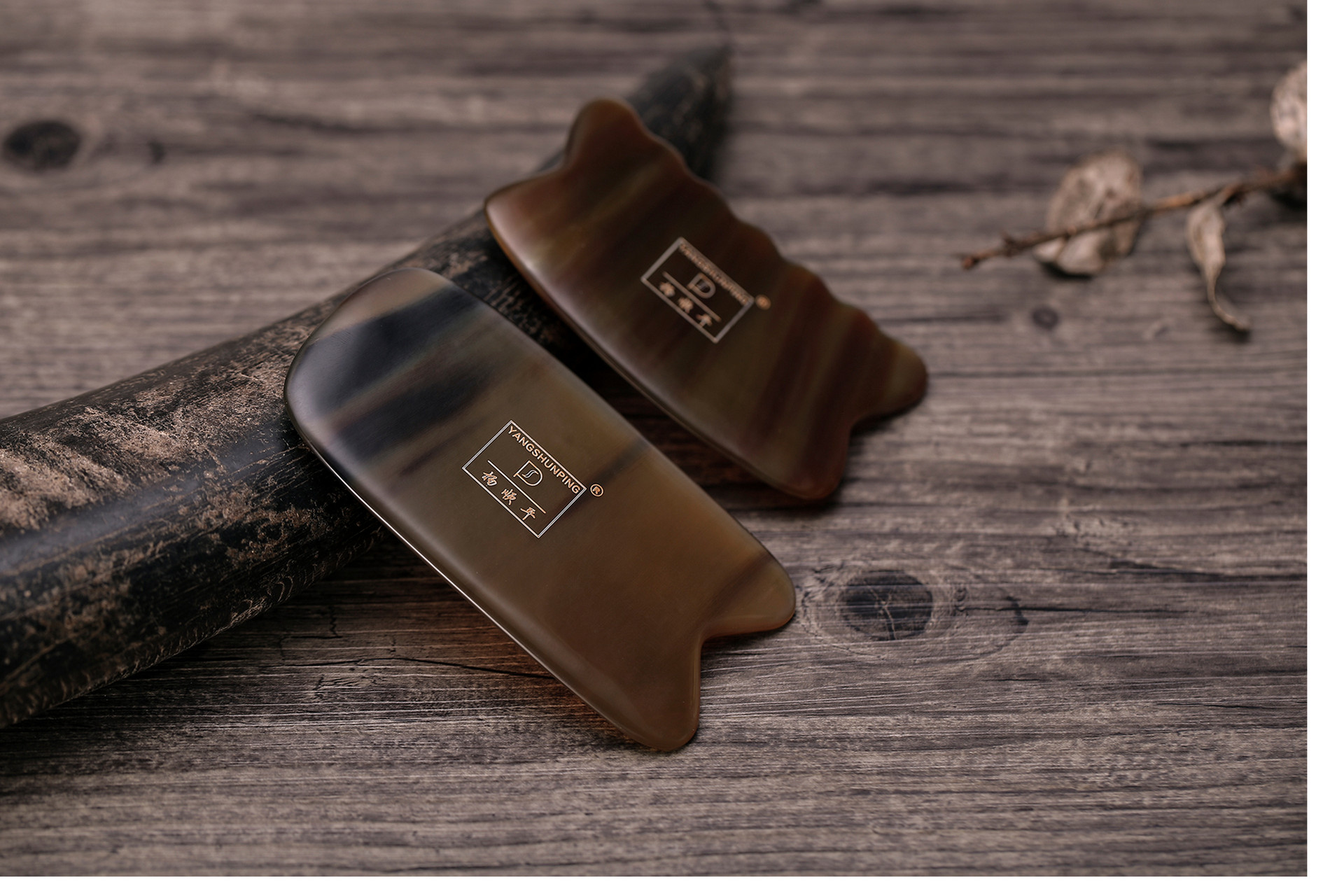Headache is a very common symptom in our daily lives. When dealing with this kind of symptom, we generally try to find the cause and treat it accordingly. However, scraping therapy is actually very effective in treating headaches. So how should we use scraping therapy to treat headaches? Let's find out together!
Scraping therapy is a commonly used method in traditional Chinese medicine for health preservation. It has significant effects on treating headaches. Now let's take a closer look at the methods of using scraping therapy to relieve headaches.
Headache, including pain in the entire head as well as the front, back, and sides of the head, is a common subjective symptom in clinical practice. It can occur alone or be associated with various acute and chronic diseases.
According to traditional Chinese medicine, the onset of headaches is related to the invasion of external pathogenic factors such as wind, cold, and dampness, as well as internal injuries to the liver, spleen, and kidneys.
Scraping Areas
Head and neck: Tou Wei, Bai Hui, Yin Tang, Tai Yang, Feng Chi, Feng Fu.
Back: Da Zhui, Fei Yu, Gan Yu, Shen Yu.
Upper limbs: He Gu, Lie Que, Nei Guan.
Lower limbs: Yang Ling Quan, Tai Chong.
Scraping Methods
Scraping Order
The scraping techniques and the order of operations should be performed in the following sequence: head and neck, back, upper limbs, and lower limbs.
Scraping Angle
The angle between the scraping tool and the skin should be about 45 degrees. It should not be a pushing or scraping motion. The scraping direction should be from top to bottom, from inside to outside, and maintain the same angle. Each area should be scraped about 20 times.
Post-Scraping Attention
The patient should rest for a while (about 15 minutes) and avoid getting cold. If sweating occurs, it should be wiped off immediately, and warm water (avoid drinking ice water) or ginger soup should be consumed to promote metabolism. Normally, within 2-3 days after scraping, the affected area may feel pain, which is a normal reaction.
(1) External pathogenic factors, such as wind, cold, dampness, and heat, are commonly associated with external headache, with wind being the main factor. If it is caused by wind and cold, the headache will extend to the neck and back, and the patient will be sensitive to wind and cold. The tongue coating is thin and white, and the pulse is floating or tight. If it is caused by wind and heat, the head will feel swollen and painful, and may even feel like it's splitting. The patient will have aversion to wind, fever, redness of the face, thirst, yellow urine, constipation, thin and yellow tongue coating, and rapid pulse. If it is caused by wind and dampness, the headache will feel heavy, and the limbs will feel heavy. The tongue coating is white and greasy, and the pulse is slippery.








